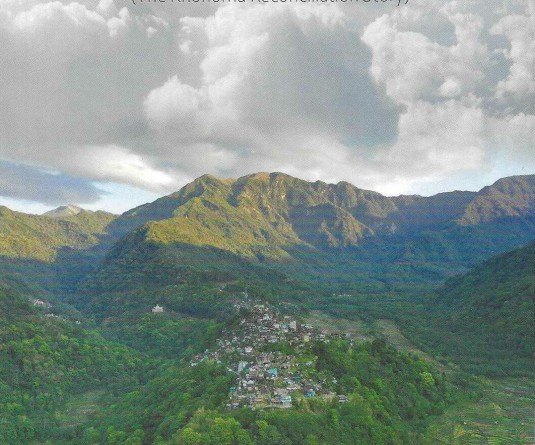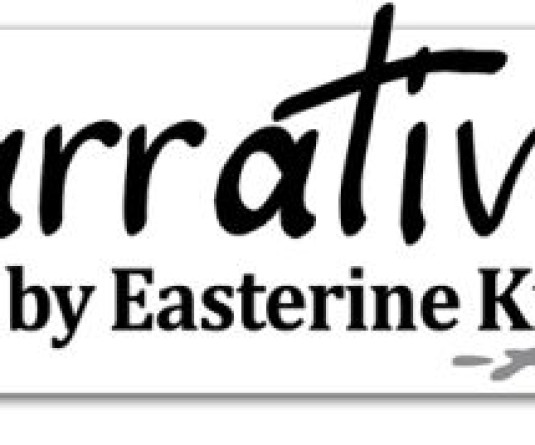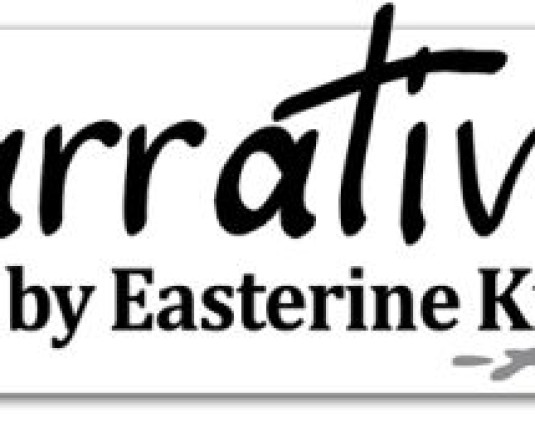
Easterine Kire
Reading Avinuo Kire’s book, ‘The Last Light of Glory days,’ I had the startling revelation that as a Naga, I was reading fiction where at an imperceptible point, fiction stopped being fiction. It had turned into lived reality.
I knew a Zhabu, a Vilhoulie, a Neimenuo and a Pele. Their lives were the lives that many in my hometown had lived. Their fears and their interrupted joys, themultiple betrayals they met, the upended livesthey had to live are familiar and close to my skin for I, along with many Nagas of my generation, have known such fears, and such short-lived joys too. The curfews of the 50s and 60s, the Naga movement which began with desperate heroism only to be side winded by fratricidal killing in the 80s and 90s – we have lived through them all. It is the war that stopped being a war that our men were fighting far away in the jungles of Burma and the deep woods of the Naga hills; it is the war that instead turned direction and burst in the door and exploded in our hearths and ‘safe rooms.’ That reality is not fiction to us: in Nagaland, if you write a story of the times referred to as The Disturbance from your imagined reality, you’ll find out very soon, it has been someone’s reality, and sometimes, continues to be their reality. You will still find families who have to continue living the rest of their lives with their memories seared by the terror of a member killed in a horrendous manner by the Indian army as in the case of young Mato, ‘skinned like a rabbit.’ I’ll be so bold as to say, this book is for people who fall into the same group as holocaust deniers, people who are stampers out of our unwritten histories, the same ones who consistently justify military atrocities in the Naga hills.
Avinuo Kire brings her gaze to rest upon the turbulent years in Nagaland. The situation continues to resist resolution. Memories of childhood for a Naga child are not free of trauma and psychosomatic fear of men in uniform. ‘Memory is a funny thing. It can be something persistent, stubbornly refusing to give one the kindness of forgetting.’
Part one of the collection is moving and devoid of sentimentality. The victims of war are women and children, they are the survivors who have to deal with bereavement and betrayal. There is betrayal of Zhabu by his best friend ending in his death. There is betrayal of Neimenuo by Zhabu who marries her but cannot free himself of devotion to his first‘wife,’ the Naga cause. It is an extra marital relationship that never allows Neimenuo room to enjoy the pleasures of family life. There are thousands of Naga women widowed by the cause: ‘I went to sleep a young woman, but woke up with grey hair, wrinkled skin and a bent back.’ Avinuo delineates Neimenuo’s pain to the utmost by letting her see her granddaughter marry the enemy when university educated Zhabunuo marries a Tephriemia. For Neimenuo, life could not have devised a more bitter ending.
In the telling of these stories, Avinuogives us unforgettable lines as, ‘the mournful cries of cicadas swelled the autumn air,’ and Neisanuo commenting on her strange gift says, ‘My spirit absorbs the pain they release.’
In Part two, the stories are gripping.In the story of Neisanuo the memory healer, there is a skilful weaving together of the elements of supernatural workings in the Naga psyche and the mundane wisdom of unburdening one’s problems, heartaches, traumas to another person and by that simple act, receiving healing. The confessionals (for that is what it has become, as patients come to bare all to the healer)also have to do with things former Naga soldiers have seen on the battlefield. The Naga conflict and what it throws up is not just an external thing; it takes root in people’s subconsciousness and haunts them. She becomes a receptacle of people’s traumatic memories, and in the process, she reveals the underbelly of her village where all kinds of characters exist, including a paedophile who preys on a young girl.
In the other stories like, ‘The Visitors,’ ‘When the Millet Fields Flower,’‘The Light,’ and ‘Dark-eyed Jakieno’ and ‘Forest Spirit’ we see the strange combination of Christian culture and Naga traditional beliefs coexisting quite harmoniously. It might seem contradictory to the uninitiated, but to the Angami believer it all makes sense – to the Naga, the two worlds, the visible and the invisible are co-existent and if the inhabitants of one world tumble into the next world, or if creatures of the next world want to pull humans into their world, why should that cause surprise and dread? The spiritual is a normal part of life for the Naga.
If readers think they probably have to search for samples of the typically subtle Angami humour, it is there in lines like:
‘She fretted over our enamel plates and cups, carefully selecting the one with the least dents for him.’
And it reappears in casual phrases like ‘the friendly nosiness of community life.’
Here’s one more sample:
‘Affluent women appear massive to me and their presence filled up our kitchen so wholly that it almost seemed as if our modest kitchen had shyly contracted in their presence.’
These are people’s stories, real people with tragic endings, for the most, who nevertheless are to be admired and remembered for the courage with which they lived their lives. It is also about the lives that are still going on where part of it, for one girl-child, is being a terrified uninvited guest to a feast for the Kamvülhouphi, and for another girl-child, fighting off a lecherous tuition teacher’s unwanted advances.
‘Longkhum’ is afitting tribute to the village of Longkhum, the seat of culture and story. The things of the spirit seem to build up until its final culmination in ‘Longkhum’ where there can be a harmonious meeting of the spirit world and the natural world.
A final word. The cover with the blossoms of the flame of the forest is very apt. The beautiful scarlet blossoms can never be picked because the trunk of the Hutuo tree is thorn covered. It splashes the forest with colour when it blooms, like life that is without equal in its beauty, and painful without an equal. Like Naga life.






